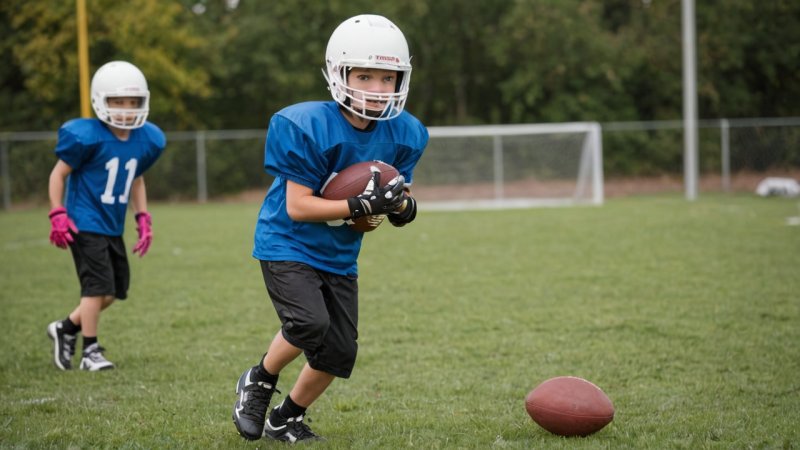In today's competitive sports environment, ensuring the safety of young athletes is paramount. As more parents and coaches recognize the importance of protective gear and safety protocols, instilling a safety-first mindset in young players becomes crucial. This article delves into practical strategies to help young athletes prioritize their safety while enjoying the thrill of football and rugby.
Lead by Example
Young athletes often emulate the behaviors of their coaches and parents. Demonstrating a commitment to safety by wearing appropriate protective gear, following safety guidelines, and maintaining a positive attitude towards injury prevention can significantly influence young players. Encourage them to see safety as an essential aspect of their athletic journey rather than a hindrance to performance.
Education on Safety Gear
Understanding the importance of safety equipment is vital for young athletes. Take time to educate them about various protective gear, such as helmets, mouthguards, and pads, explaining how each piece minimizes risk. Organize workshops or training sessions where players can learn about the technology behind this equipment, fostering appreciation and compliance in using them consistently.
Promote Open Communication
Encouraging an open dialogue about safety concerns is essential. Create an environment where young athletes feel comfortable discussing any discomfort or fear related to injuries. Regularly check in with them to address any worries and ensure they understand that prioritizing their well-being is not only acceptable but encouraged.
Teach Injury Recognition and Reporting
Educating young athletes about recognizing signs of injury and the importance of reporting them can significantly enhance safety. Offer training sessions that focus on common injuries in football and rugby, their symptoms, and the appropriate steps to take when they occur. Empowering athletes with this knowledge helps them take responsibility for their health and encourages a culture of safety within the team.
Incorporate Safety Drills into Training
Integrating safety drills into regular practice can help reinforce the importance of safety in gameplay. Design drills that focus on safe tackling techniques, proper falls, and awareness of surroundings. These exercises not only improve performance but also emphasize the need for safety in every aspect of the sport.
By implementing these strategies, coaches and parents can foster a safety-first mindset in young athletes. This approach allows players to enjoy their sports experience while minimizing risks and promoting a culture of safety that benefits everyone involved. Remember, a safe athlete is a confident athlete, and instilling this mindset will lead to a more enjoyable and successful sporting career.






